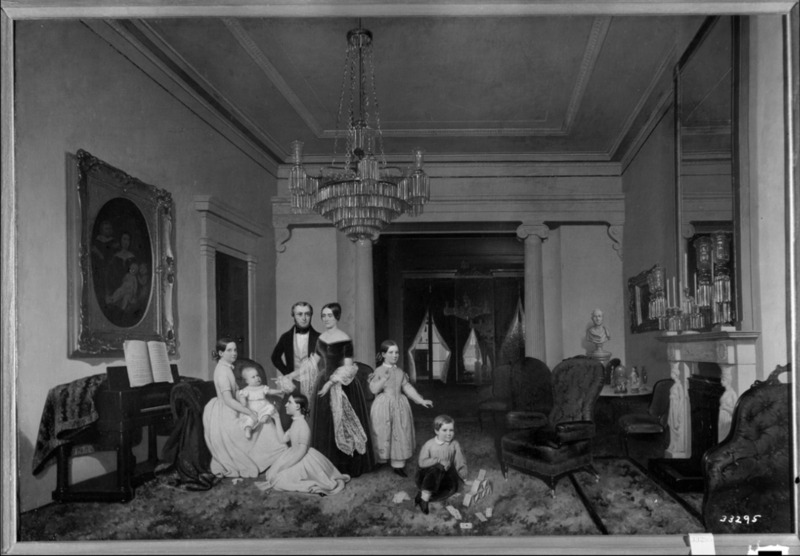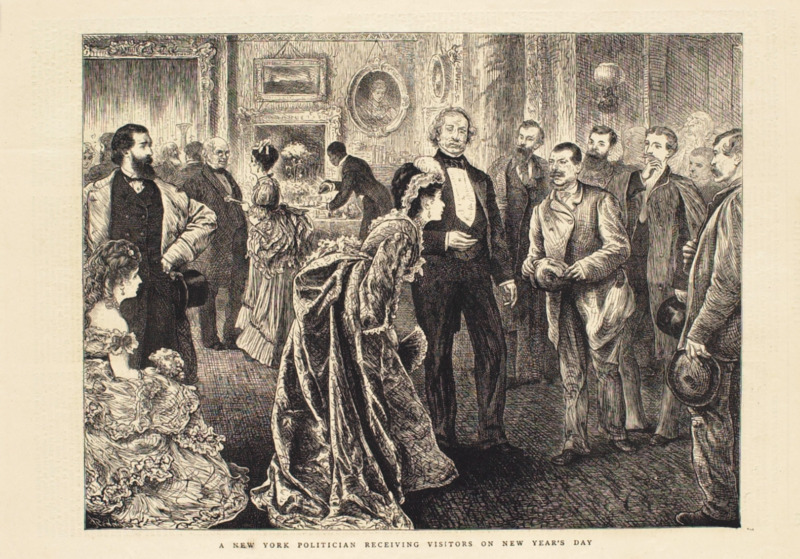Women's Place in Society
In antebellum America, men and women were ascribed strict gender roles that were more pronounced as people rose in social standing. Generally speaking, men were entrusted with public life and leadership while women were responsible for the home and family affairs. This language of separate spheres helped establish a semblance of order in a world where rapid industrialization challenged traditional gender norms.1
Although contemporary movements fought to expand women’s roles beyond the private realm, most of American society (including officers’ wives moving to the frontier) accepted the traditional arrangement. The “domesticity ideal” popular at the time emphasized that women were supposed to be pious and submissive to their husbands. The children’s education and welfare, home economics, and estate management fell squarely within the woman's purview.2
This was deemed most fitting thanks to their perceived gentler and more nurturing nature; people with such qualities would fare poorly in the highly competitive worlds that men inhabited. Men were thus seen as naturally aggressive and competitive, which best qualified them for service in military and political arenas. Therefore, officers and soldiers were the primary authority figures in the frontier forts.3
1 Ellen Hartigan-O'Connor, The Ties that Buy (Philadelphia, PA: University of Pennsylvania Press, 2009), 191-192.
2 Michele J. Nacy, Members of the Regiment: Army Officers' Wives on the Western Frontier, 1865-1890 (Westport, CT: Greenwood Press, 2000), 3-4.
3 Robert Wooster, Frontier Crossroads: Fort Davis and the West (College Station: Texas A&M University Press, 2005), 34-35.

